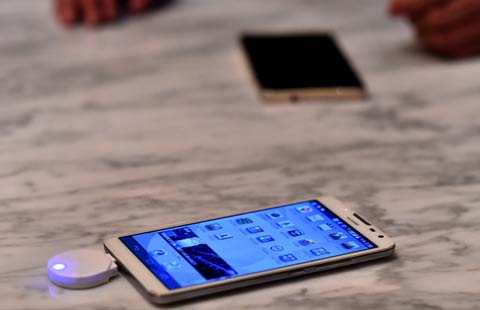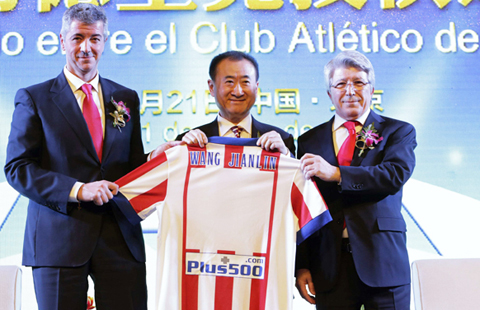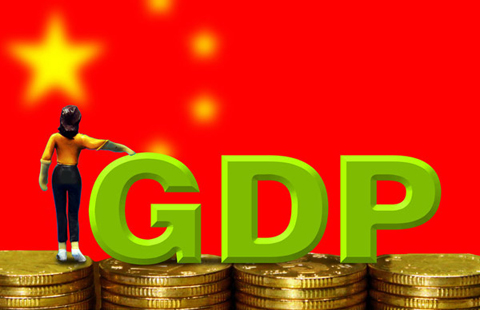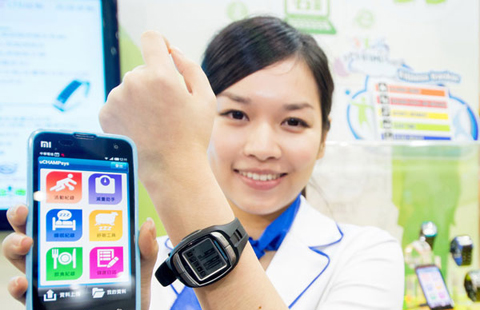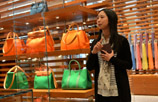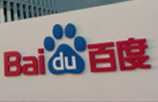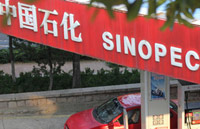Growing the high-tech Chinese presence in Southeast Asia
By ZHAO YANRONG (China Daily) Updated: 2015-01-28 10:26Huawei Technologies Ltd, considered the world's biggest maker of telecommunications equipment, for instance, had a $100-million, regional brand-awareness budget for last year with $20 million alone in the all-important Thai market.
In order to make its products more accessible, Huawei plans to expand the network of retail outlets selling its phones from 15,000 to 25,000 by the end of this year, which would account for nearly a quarter of all mobile phone shops in Southeast Asia.
The company enjoyed significant sales growth last year with Southeast Asian shipments soaring 200 percent-impressive given it only started selling its phones in the market at the beginning of 2013.
Its advertising and promotions are seemingly everywhere, from Bangkok's International Suvarnabhumi Airport to train carriages, main streets and shopping malls throughout the capital.
"Our latest premium smartphone has become so popular in Southeast Asian countries with local shops often running out of stock," insisted Xu Linfeng, director of Huawei's device marketing department in Southeast Asia.
The phone model referred to is Huawei's Ascend Mate 7. Using Thailand as a regional launch pad, the company debuted the new device at 16,900 Thai baht ($528) in Bangkok at the end of October, just a month after its first introduction to the world.
Many of the device's features, such as a six-inch, full-definition screen, 13MP rear-facing camera and the option for 3G and 4G networks, can help local users gain better access to social media, it claims, a crucial function for Southeast Asian users.
In downtown Bangkok, Uthane Samranrum runs a Jaymart store-one of the biggest electronic devices retailers in Thailand-in Siam Paragon, the city's most popular shopping mall.
Samranrum greets his customers at the entrance, beside a Huawei counter featuring its latest mobile phones.
"The design and quality of Huawei's smartphones can compete with Samsung, while the prices are much more affordable. I've been seeing a sharp increase in customer recognition of Huawei's mobiles," he said, "so I moved the Huawei counter to the very front of my shop. It is a key brand to attract more people."
He currently sells around 20 Huawei smartphones a day, nearly half the shop's daily total.
One customer, Javer Ros Frasa, has just bought a Huawei Ascend G6 for his father.
"I bought a Xiaomi smartphone in Hong Kong, and I liked it a lot. Some Chinese smartphones are good quality and reasonably priced," Frasa said.
Huawei expects to open its first flagship store in central Bangkok early in February, in the same luxury shopping mall as Samranrum's Jaymart.
In anticipation, the company's marketing team has been working flat out, arranging countless different promotional events, including a bloggers' nights, in an effort to attract local users, and create a new generation of fans.
After already claiming to have attracted more than 120 million Southeast Asian-registered followers on its official interactive customer website, it appears the Chinese smartphone giant is well on the way to making its mark across the rest of the region.
- AU, China to cooperate on infrastructure, industrialization
- China, Indonesia pledge for further economic cooperation
- Chinese tourists in Dubai up 25% in 2014
- Entering era of smarter homes
- Apple takes top spot in Chinese smartphone market
- Shanxi halts colliery approval to tackle overcapacity
- Xinjiang economy expands 10 percent
- Apple iPhone sales trample expectations


